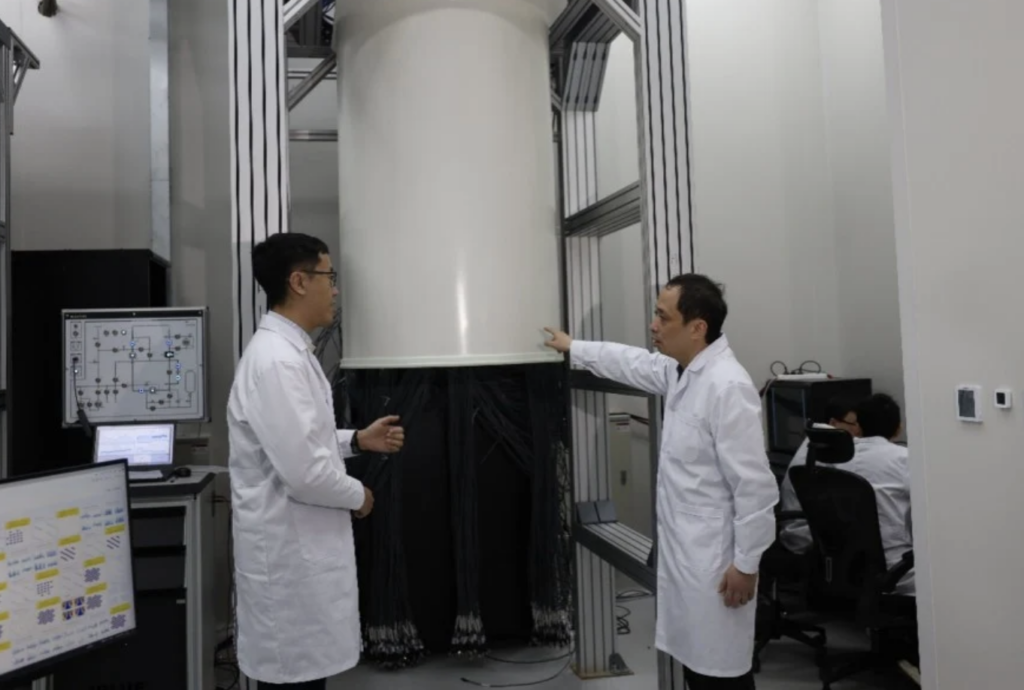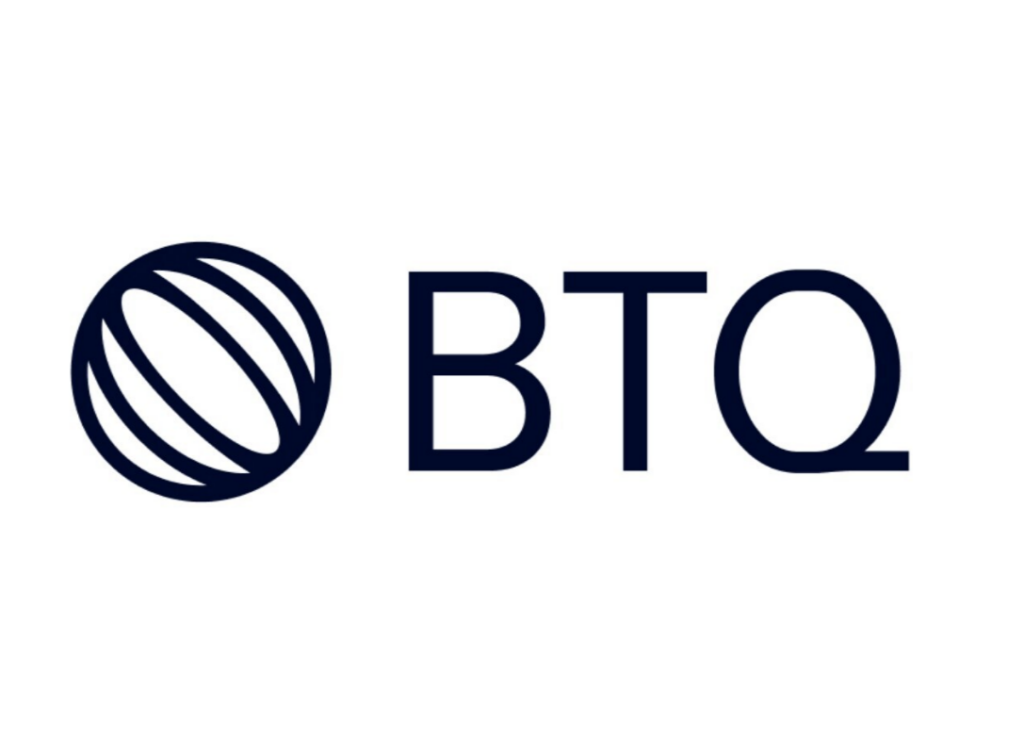Insider Brief
- Traditional quantum error correction (QEC) methods are limited by high resource demands and inefficiency in handling complex error patterns, but researchers suggest that AI tools like machine learning (ML) could improve QEC.
- A study highlights AI’s potential to enhance QEC through advanced ML techniques, including convolutional neural networks (CNNs) for decoding, reinforcement learning (RL) for real-time adaptability, and generative models for capturing complex noise dynamics.
- While AI offers promising solutions for quantum error correction, the study underscores challenges such as data scarcity, scalability, and integration with quantum hardware, emphasizing the need for interdisciplinary collaboration to realize AI’s full potential in advancing quantum computing.
Most discussion on artificial intelligence (AI) and quantum are focused on using quantum computing to boost AI. However, the conversation should go both ways because AI can also assist quantum computing.
In fact, AI tools like machine learning (ML) can be used to improve the efficiency and scalability of quantum error correction (QEC), a critical component for making quantum computers more practical. That’s the conclusion of a recent preprint study uploaded to arXiv by researchers Zihao Wang of the University of Pennsylvania and Hao Tang of Peking University.
These two technologies, working together, could unlock quantum’s potential, according to the researchers.

“Quantum computing has potential to revolutionize computational capabilities, by harnessing the principles of quantum mechanics to address problems conventionally intractable for classical computers [2], [3]. Its applications span various domains, including cryptography, optimization and simulation of physical quantum systems,” The team writes. “However, practical implementation of quantum computing faces significant challenges, primarily due to the vulnerability of quantum systems to errors caused by decoherence and quantum noise.”
The team offered a comprehensive review of the opportunity to use AI tools to improve quantum error correction and — by extension — quantum computing, itself.
The Challenge of Errors in Quantum Systems
Quantum computing, which promises unprecedented computational power, faces a key challenge: the susceptibility of quantum systems to errors. These errors stem from phenomena such as decoherence, noise, and gate imperfections. Without correction mechanisms, quantum computations quickly become unreliable.
The team writes that traditional QEC methods, such as Shor’s code and surface codes, encode logical qubits across multiple physical qubits to detect and correct errors. However, these methods face significant limitations, including high resource requirements, complex decoding processes, and limited adaptability to real-world quantum noise. For example, surface codes, widely regarded as a scalable QEC solution, often demand thousands of physical qubits to encode a single logical qubit.

AI’s Role in Addressing QEC Limitations
The study examines how AI tools can address these limitations by leveraging ML algorithms to decode errors more efficiently, adapt to dynamic environments, and model complex noise patterns. Specifically, supervised learning, unsupervised learning, semi-supervised learning and reinforcement learning paradigms are highlighted as pivotal for advancing QEC.
Some of the ways AI can help is by improving decoding efficiency, enhancing robustness and adaptability, and facilitating complex error modeling:
1. Improving Decoding Efficiency
Conventional decoding algorithms, such as minimum-weight perfect matching, are computationally intensive and scale poorly as quantum systems grow. According to the study, AI models such as convolutional neural networks (CNNs) can drastically reduce decoding times by recognizing error patterns in lattice-based codes like surface codes. These ML models, trained on simulated datasets, demonstrate the ability to identify and correct errors faster than traditional methods while requiring fewer computational resources.
2. Enhancing Robustness and Adaptability
Quantum systems are inherently dynamic, with error rates and types fluctuating due to environmental changes and hardware imperfections. Reinforcement learning (RL) techniques, which allow models to adapt to real-time feedback, have shown promise in tailoring error correction strategies to specific system conditions. For example, RL-based decoders can adjust to varying noise levels and detect error correlations that conventional methods might miss.
Moreover, supervised ML models like recurrent neural networks (RNNs) excel in handling time-dependent error patterns, such as non-Markovian noise, which cannot be addressed by static error models. These adaptive capabilities are critical for real-world applications of QEC, particularly in noisy intermediate-scale quantum (NISQ) devices.
3. Facilitating Complex Error Modeling
Modeling quantum errors—especially non-Pauli errors and non-Markovian noise—is another area where AI excels. The researchers highlight the use of generative models like variational autoencoders (VAEs) and RNNs to capture complex error dynamics. These models not only improve the accuracy of error prediction but also enable proactive maintenance by identifying trends that signal system degradation. This predictive capability is vital for stabilizing quantum computations over time.
Case Studies and Applications
The study references multiple recent efforts to integrate AI into QEC workflows. For instance, Google Quantum AI demonstrated the use of neural networks for decoding surface codes, achieving faster and more accurate error correction than traditional algorithms. Similarly, IBM’s research applied ML techniques to identify and mitigate unique error patterns in their superconducting quantum processors.
Another example is the AlphaQubit model, a recurrent neural network designed to decode surface codes under realistic noise conditions. The study notes that such AI-enabled approaches consistently outperform traditional decoders in terms of both speed and error correction fidelity.
Challenges and Future Directions
While AI holds promise for advancing QEC, the study identifies several hurdles that need to be addressed:
- Data Scarcity: Quantum error datasets are often limited, hindering the training of ML models. Techniques such as data augmentation and synthetic dataset generation are proposed as potential solutions.
- Scalability: ML models must be optimized to handle the increasing number of qubits in next-generation quantum systems without excessive computational overhead.
- Integration with Quantum Hardware: Seamless integration of AI-driven QEC into existing quantum computing platforms remains a challenge, requiring further research into hardware-software co-design.
The researchers emphasize the importance of interdisciplinary collaboration between quantum physicists, computer scientists and engineers to overcome these obstacles and fully realize the potential of AI in quantum error correction.
The findings discussed here are based on a preprint, which is a version of a scientific study shared publicly before undergoing formal peer review. While preprints allow for rapid dissemination of research, they have not been validated by the rigorous scrutiny of the peer-review process. As such, the results should be interpreted with caution.
The study was authored by Zihao Wang, affiliated with the University of Pennsylvania’s School of Engineering and Applied Science, and Hao Tang, a researcher at Peking University’s School of Computer Science. Both authors bring expertise in quantum computing and machine learning, contributing to the growing body of work at the intersection of these fields.
For a deeper, more technical dive — which this article can’t provide — please read the paper here.


















